The French New Wave filmmaker, Jean-Luc Godard said the following two things about film:
“Cinema is [the] truth, 24 times per second.”
“Cinema is the most beautiful fraud in the world.”
I like these quotes because they hold opposing views. That good cinema must be honest and unflinchingly mirror our lives back to us. But also, that good cinema must offer an alternate view of the world, a variation of our own. Fact and fiction. Reality and fantasy. A great film marries the two, grounding ourselves in the entrails and flesh of our inner worlds while bridging the imaginative ponderings of what else is out there.
My favourite films1 of the past year did both. In Past Lives, I recognized how the commitments of your youth become at odds with your adulthood ambitions. In Earth Mama, I understood the tension between systemic oppression and free will, through the eyes of a Black person, which I understood, and the eyes of a mother, which I was less familiar with. Finally, in Passages, I was triggered by the complex web of relationships and the realization that we are ultimately responsible for our own entrapments. I also really loved the sweaters.

If it is in cinema that we find pockets of ourselves that are frighteningly similar, what does that tell us about the actors who make up the movie? What does that tell us about today’s leading man?
When we look at the next generation of male movie stars, those who step into the role of leading man embody a new masculinity. While the leading man remains mostly white, straight-acting, and conventionally good-looking, in place of the ironclad charm of Marlon Brando or the heroic bravado of Tom Cruise, we get something else. Sensitivity.
As an actor's personality can be weakly surmised from the films he selects, we view Chalamet as a dorky romantic #sadboi (Call Me By Your Name), Elordi as a fixable, privileged #softboi (Saltburn) and Mescal as a repressed Eeyore in need of a hug and a good bath (literally everything he’s been in but most recently All of Us Strangers). Their filmography brands them as a softer alternative to the brooding and chauvinistic Pitts and McConaughys of leading men past.
In a sense, their perceived softness allows them to function more like actresses, and with it, like women. Like women, society processes the new leading man as an object, obsessing over what he is wearing rather than what he is saying. We put him on the cover of Vogue in a dress. We wonder what’s in his purse. What books he is reading as if he is launching another celebrity book club. A lot of this can be attributed to our insatiable hunger for content and how publicity functions on the internet, but it cannot be ignored that the leading man has potentially fallen victim to a patriarchy of his own creation.
It’s hard to envision titans like Denzel Washington or George Clooney suffering from the same neutering. The leading man of today is infantilized. Our parasocial relationships paint the leading man of today as someone who needs coddling, almost as a damsel duke in distress, with childish monikers like ‘baby girl’ for Elordi or overly protective stan accounts like Club Chalamet. There is no reason why a 6’5 Australian man with no perceptible relation to Aaliyah should be called ‘baby girl’ or why Timothée needs to be protected from the Kardashian-Jenner clan, well… ok nvm and yet, here we are. It is through their delicateness, their carefully constructed softness that the leading man of today is cucked. Seemingly witless and dickless. A pass-around-press-tour-bottom. They all play gay on the screen and, through their carefully curated affinities, they pander to queer crowds.
But the leading man’s aversion to the entrapments of traditional masculinity doesn’t come from nowhere. As the men of the silver screen explore different representations of manhood, so does the male viewer.
The overwhelming preoccupation with self-image has permeated into the male frontal lobe. Men used to go to war, now they (thankfully) exfoliate. Sure, it can be argued that men have always been concerned with their looks but the degree to which male beauty — and the commodification of it — has grown is staggering.
The men’s beauty industry has reached a nauseating $31B in the US, with skincare sales leaping 23% in 2022. This growth is not only reflected in consumption, it’s also represented in conversation, and if you are interested in what men are saying, if you have the strange desire to hear a man speak, look no further than ‘the podcast,’ the dominant reserve for male cultural opinion.
There are podcasts, such as Dewy Dudes, that are dedicated to the things men put on their face. The hosts receive and review handfuls of products each week while tackling subjects critical to the male community like natural wine fatigue, Byredo candles and if The Standard Spa in Miami Beach is worth it (it is). It’s The View but with niacinamide. Although I haven’t tried any of the products the hosts recommend, preferring to stick to the regime my esthetician has laid out for me, I am truly glad the podcast exists.
Similarly, Throwing Fits also reflects the tender, aesthetic aspirations of today’s leading man. Throwing Fits is fashion news warbled through a ‘male voice,’ where the podcast hosts ask their guests – my favourite eps featuring past LOOSEY subjects: Brenda Hashtag, Quil Lemons, and Raul Lopez of LUAR – to walk the listener through their little outfits, their controversial takes on the industry and invasive questioning about their sex life and finances. It’s Barstool Sports for people who know how to pronounce Loewe.
What’s fascinating about Throwing Fits is how they’ve been able to mask (masc?) up content that would be seen as ‘metrosexual’ or, let’s keep it a buck: ‘gay,’ by previous generations, by leaning into contemporary masculine portraiture. Their highly engaged Instagram page borrows internet-incel-boy aesthetics for memes. Their Reddit page, a whisper network for men, has over 20K followers. The content is gooooood. So good that Throwing Fits has started making their own goods, collaborating with Clarks, and producing their own incense with helpful product details such as “Get the crib smellin’ right. Light that shit, burn that shit, smell that shit.” You know, dude stuff.
“There is research, according to this person we were talking to,” says Evan Shinn of Dewy Dudes, “that for whatever reason, men don’t like a serious tone. And a lot of the beauty and skincare world is very serious.” Instead of a ‘serious tone,’ these creators can offer an accessible softness to leading man hopefuls everywhere. Borrowing your buddy’s hyaluronic acid on a canoe trip or asking your friend to snap a fit pic of you outside of Café Leon Dore has never been more normal.
Through their commentary, you get the sense that these efforts in image construction are not solely to attract a romantic partner but primarily to assert superiority over other men. A signaling of sorts, a dog whistle that's made for all the dogs. The way a peacock splays his feathers to showcase his dominance, his manhood, only it’s a guy rolling up in the latest Bode and forcing you to listen to the heritage behind the shirt. As such, the leading man follows a fate similar to Narcissus and succumbs to a different gaze altogether — his own.
However, there is a dark side to ‘glow-up’ culture. Whereas decades of education and media have platformed the dangerous lengths young women will go to achieve the ‘ideal’ body image, a new wave has emerged for young men.
“Looksmaxxing” is an online community where teenage boy swap tips on how to maximize their physical appearance. It may consist of things like “softmaxxing” which to me… is like basic level one hygiene shit you should already be doing like flossing your teeth and using an oil-free cleanser to “hardmaxxing” which encapsulates more extreme measures. The community is swarming with idiotic and inaccurate pseudo-science like mewing which claims to give participants a more defined jaw. A few degrees off from incel conspiracy, tactics like steroids, “bonesmashing” (breaking your jaw to grow back a stronger one), and “edgemaxxing” in which participants withhold orgasms to ‘maintain’ ‘high’ ‘testosterone’ have all made their rounds on the forums and TikToks.
Similar to the Throwing Fits and Dewy Dudes variety, the audience for “looksmaxxing” appears to be almost entirely confined to the echochamber of young men who are aware of it. As the tactics verge on taboo, they only appeal to the porn-sick teenagers who frequent the forums. The grotesque lengths they go to achieve their warped beauty will not only alienate them but also annihilate them. A Joker origin story in the making, a cursed role for any leading man.
However, to say that the opinion of a romantic partner no longer matters to the leading man would be dishonest. There is a brand to be made from the acceptance of women, the simping of a lover!
Online, the married couple Campbell “Pookie” and Jett Puckett share their GWRMs with their audience. Jett fawns over his wife in every video, saying that she looks “fire,” before walking us through his outfit and the labels he’s wearing. He seems to be getting a kick out of it as much as his wife and it’s actually refreshing to witness a man so enamoured by his wife, helplessly doling out compliment after compliment with every video shared.
A few months prior, a different “Pookie” evangelist declared a “sassy man” apocalypse. Prayag Mishra’s TikTok content sets out to platform high-maintenance, emotional men that he defines as ‘sassy.’ The ‘sassy man’ is sweet, and sentimental but also sharp-tongued, another re-painting of the leading man in a softer Pantone. Watching Mishra’s videos felt nostalgic, as if I was listening to old school Drake, the OG simp-leton, ‘sassy man.’ Then, I discovered Mishra was from Toronto and it all made sense.
In 1966, James Brown wailed that although it’s a man’s world, it would be “nothing without a woman or a girl.” With that, could it be that the best architects of men are women?
In fashion, some of the most innovative and striking menswear collections have had women at the helm. Grace Wales Bonner, at 33, has earned a CDFA for International Men’s Designer of the Year, the LVMH Young Designer Prize, and Emerging Menswear Designer at the British Fashion Awards for her approach to men’s fashion. Coming from the prestigious Central Saint Martin (I mean, is there really anywhere else?), she is known for her luxury-sport approach to design and her site-crashing Adidas Samba collaboration.
What I admire most about Bonner’s garments is the way they feel regal and common at the same time. It’s similar to how I felt when I first saw Kehinde Wiley’s Napolean Leading the Army over the Alps, an elevated familiarity, a bridge between fact and fiction as Godard presents with his theory on cinema.
This year, Bonner announced a curatorial collaboration with the Museum of Modern Art to showcase her textured influence across design, art, and performance. She makes up a class of other menswear designers of the moment like Martine Rose and Emily Bode who also have been successful at applying their gaze to dress the modern man with their namesake brands. All prominent fixtures in fashion who remind us that sometimes all a man needs is a woman’s touch.
But if women are meant to be the visionaries for men, for all, you wouldn’t know from the Academy Awards. When looking at this year’s nominations, the makers of the cinematic worlds that get celebrated remain mostly men. If our real life, “the truth” as Godard calls it, is ruled by men, the Oscars would rather decorate the gods of cinema than the goddesses.
I have written about snubs before, about the repeated delays of receiving one’s flowers but I am not confident that my logic applies to Greta Gerwig and her impressive Barbie. What I am fascinated by is that when presented with the opportunity to create a movie that celebrates womanhood through an iconic female figurine, the best performance – and perhaps the film’s most entertaining storyline – was that of a man. Ryan Gosling is 24-carat gold in Barbie and emblematic of the modern leading man. His performance as Ken is sentimental and doting. He is emotional and expressive. He wears cute pink outfits like the leading men of today. He wears foundation like them too. He sings silly little songs and he can fucking tap dance. In the words of Jay Z at this year’s Grammy ceremony “Some of y’all don’t belong in the category.” And I agree. Ryan belongs in the Lead Actor category, not Supporting. Under the direction of Gerwig, he soars to the top.
At tonight’s Academy Awards, Gosling will perform “I’m Just Ken” from the Barbie soundtrack. The lyrics, written by Mark Ronson, encapsulate the strained relationship the modern man has with masculinity:
I have feelings that I can't explain. Drivin' me insane / All my life, been so polite. But I'll sleep alone tonight.
There is something symbolic about the modern man being relegated to a toy. A play thing designed and now directed by a woman. Like Ken, the leading men of today play their part. Mescal, Elordi, whoever, all lined up and infantilized like plastic dolls. They play nice and sit pretty on the shelf. And then, like all toys, they stand still when we find something else to play with.
Thank you for reading! LOOSEY is a bi-weekly newsletter about culture, technology and the way we live. If this is something you like, consider subscribing and sharing. Enjoy the Oscars tonight!





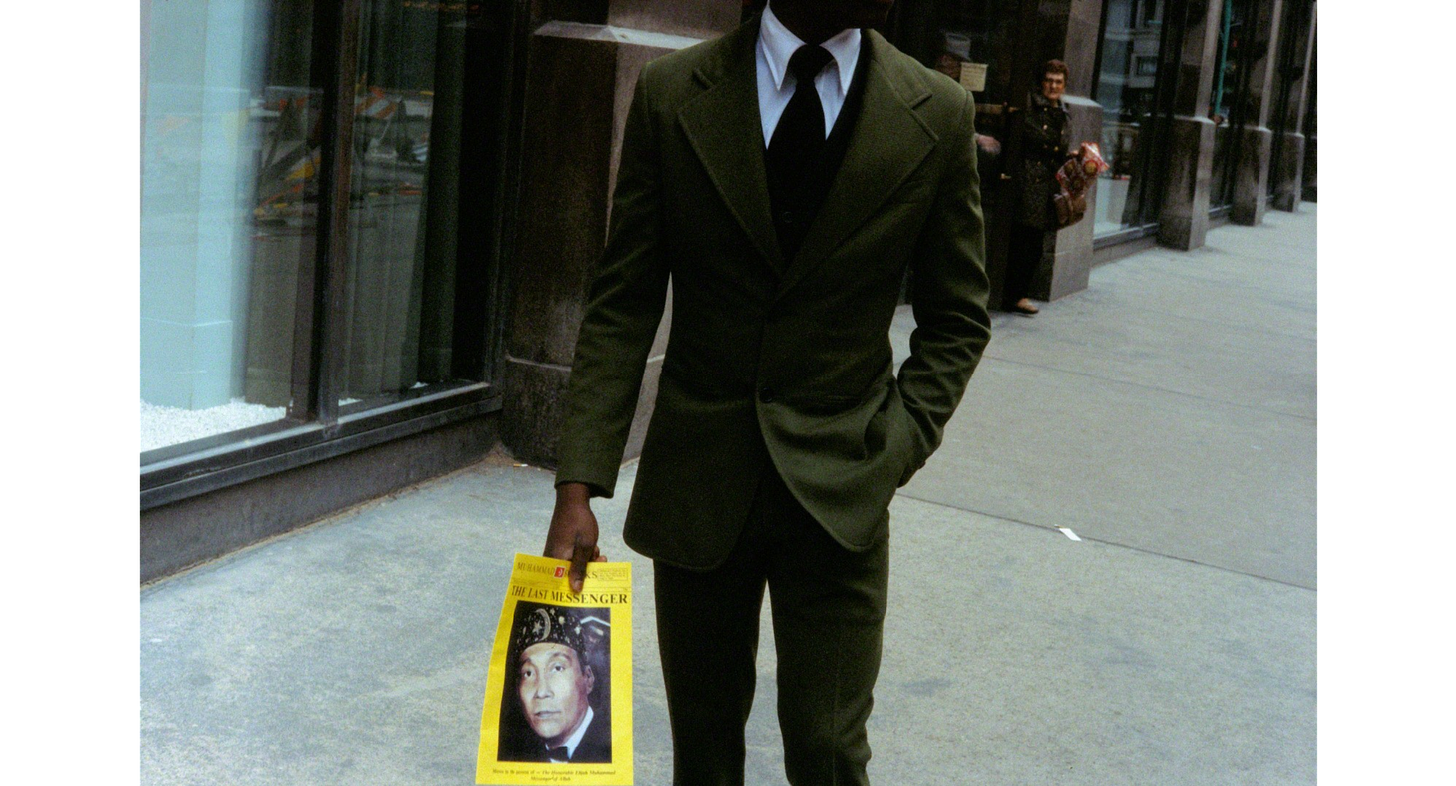

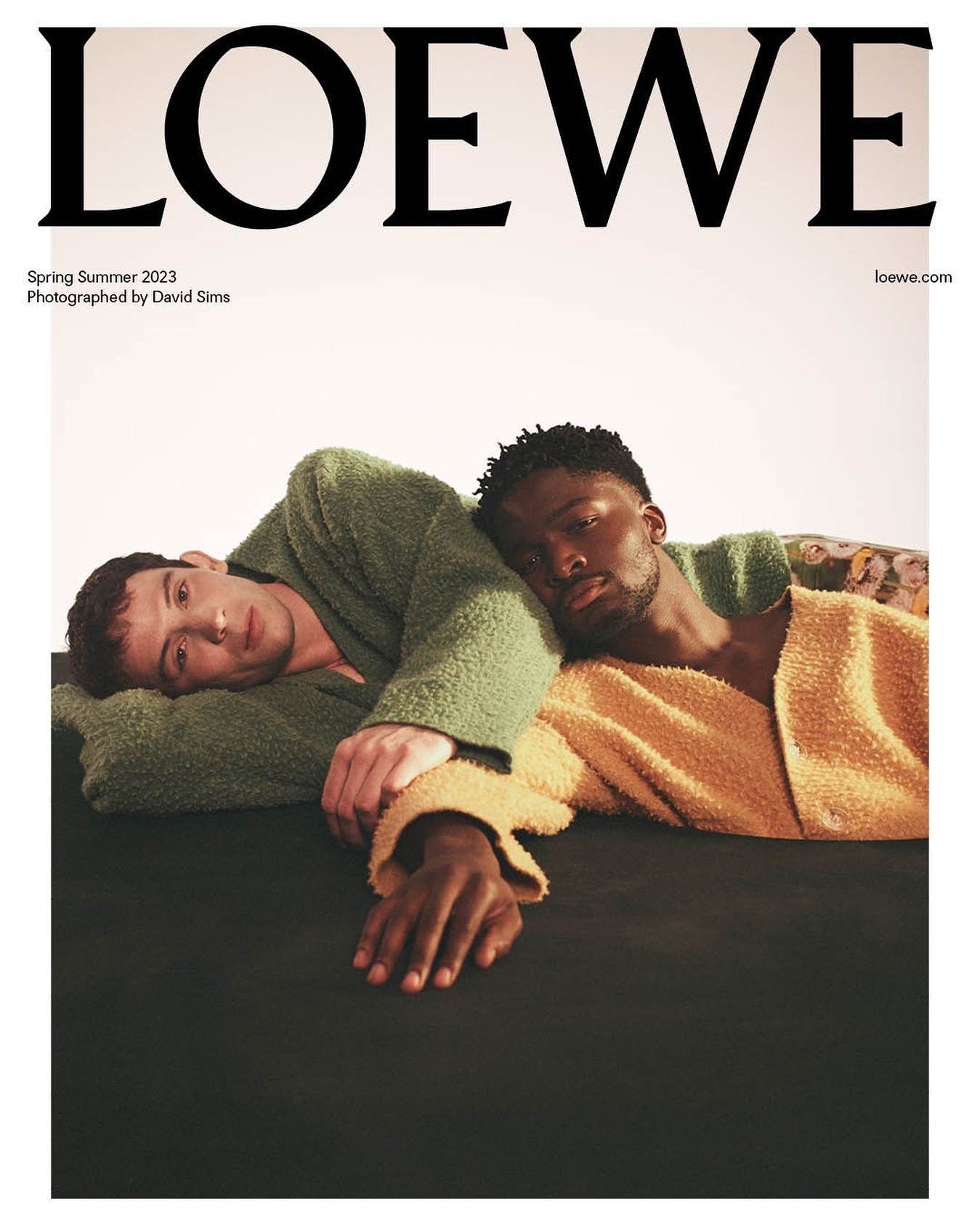
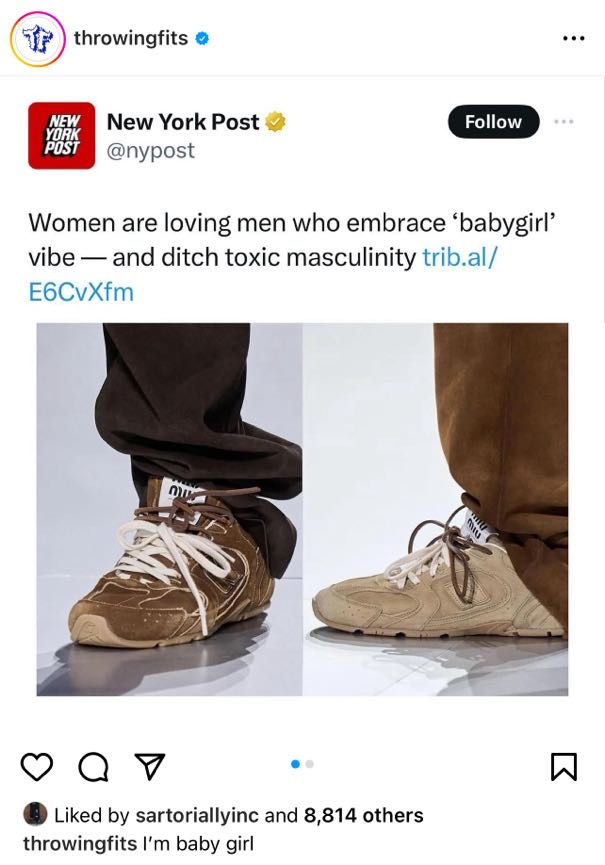

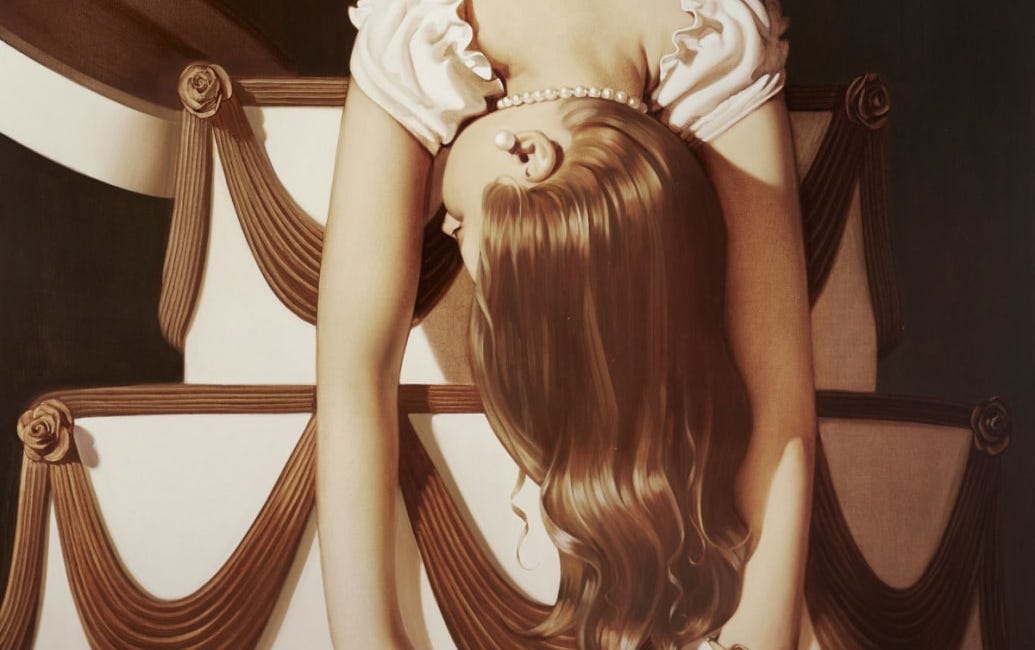
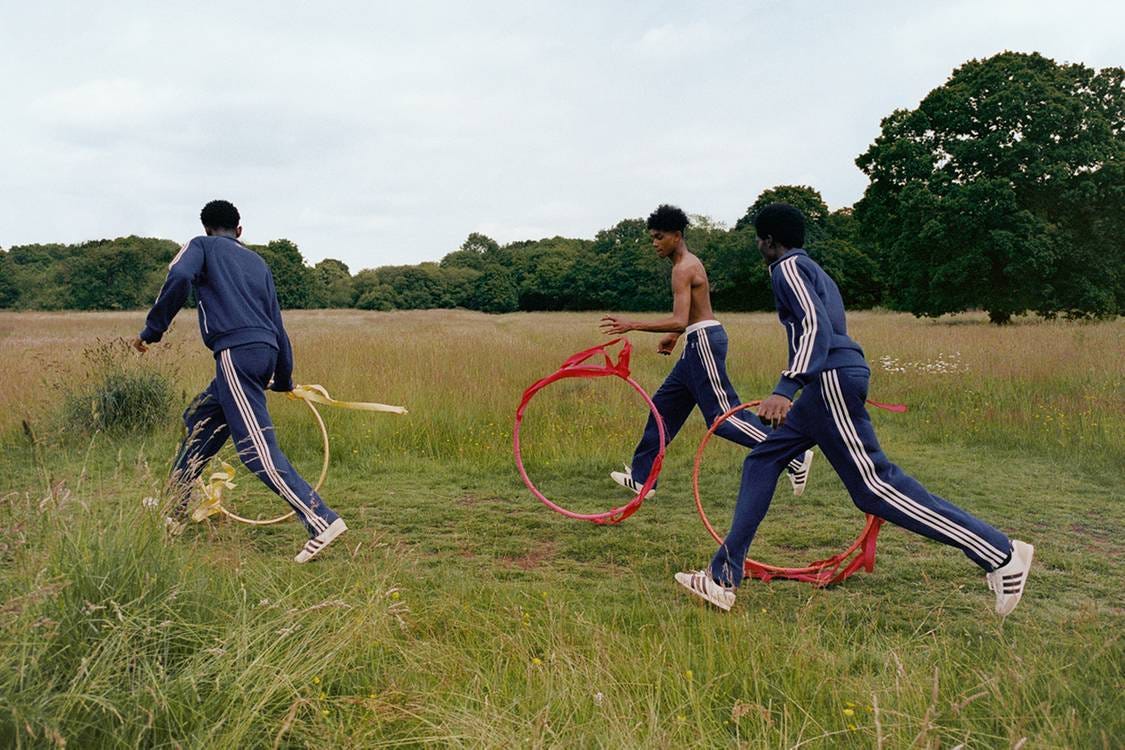
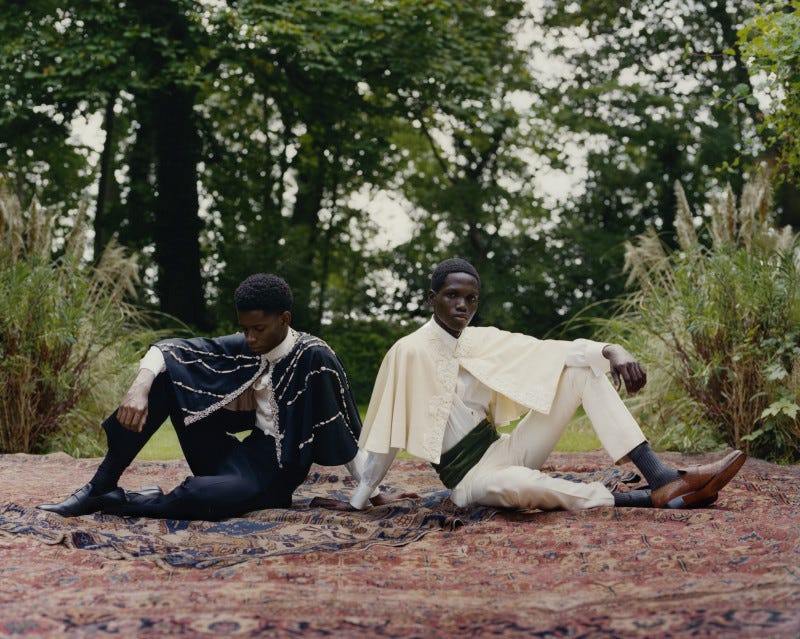
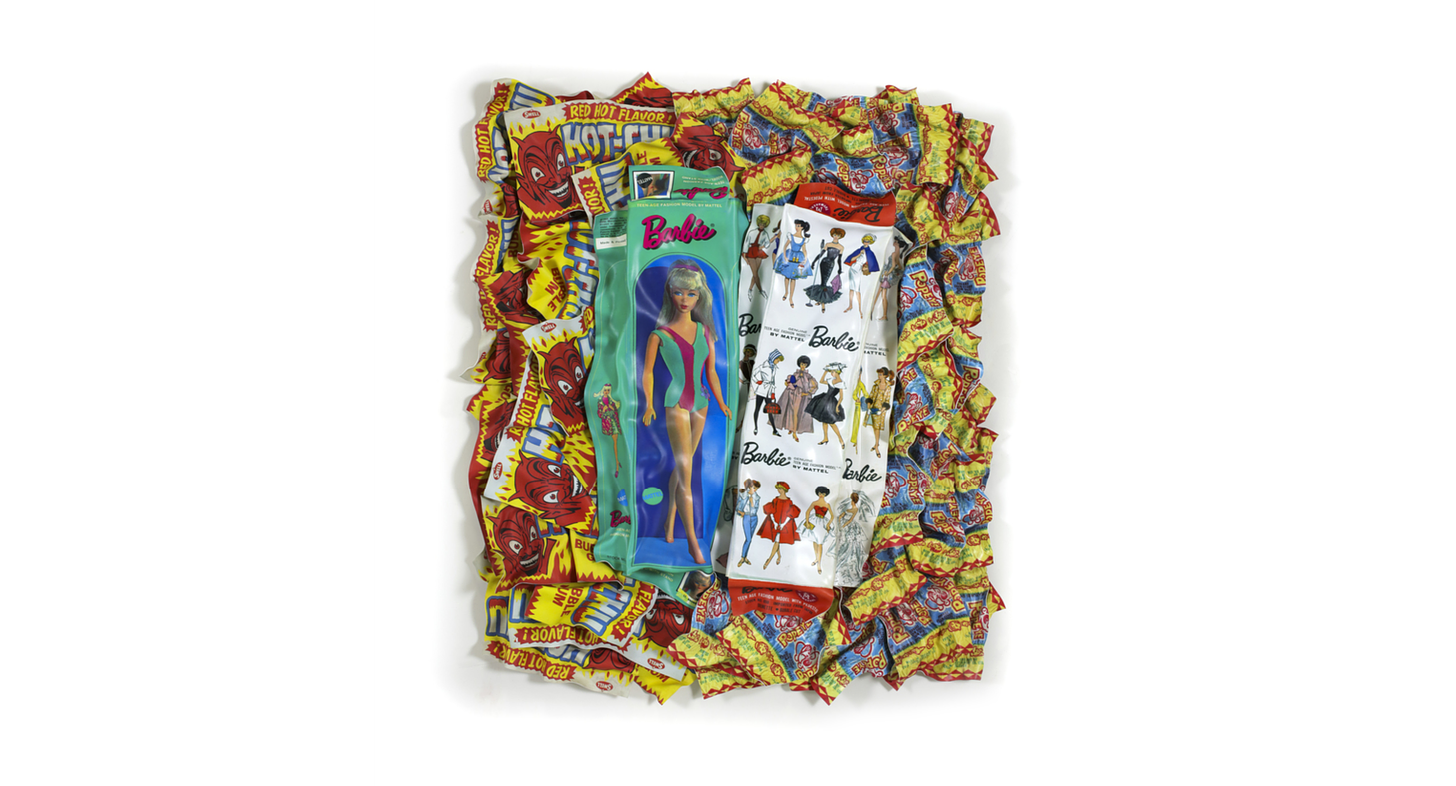


really loved this read!! makes me wonder how the patriarchy, capitalism and intersectional feminism influence this. is capitalism exploiting modern intersectionalist movements that encourage men to be free(er) from traditional hyper-masculinity, and how will this go on to affect our modern understanding of what it means to “be a man”?
need you to write a collection of film criticism essays I promise I'd be first in line to buy it 🤌🏿 this was everything